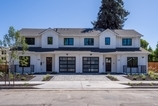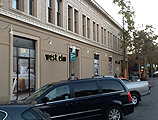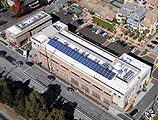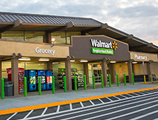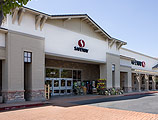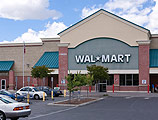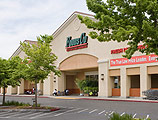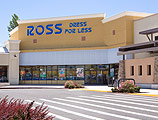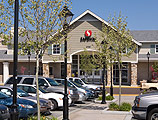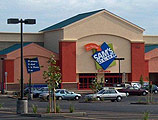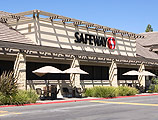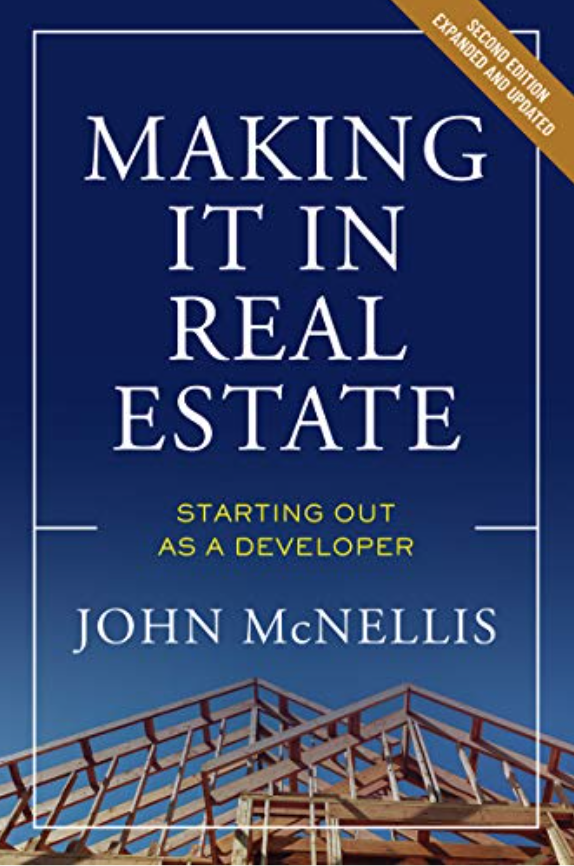Stick real estate in the time-out corner, and 2023 is looking far better than the experts prophesied six months ago*. The S&P 500 is up 16 percent, layoffs are dropping, and economic growth has been so strong—and inflation so stubborn—that Fed watchers are predicting two more rounds of rate hikes. Now, the ballyhooed recession may slowly wash out like a false trail.
Commercial real estate is a different story. Except for single-family residential and a smattering of robust towns across the country, development is DOA. Prices remain high, construction costs are steady, trending slightly upward and rising interest rates are having a twofold adverse effect: loans are that much more expensive and completion values that much lower. Every interviewee for this piece—from South Carolina to California—said they’re either sitting on their hands or slow-playing their projects, hoping to break ground several years out.
One sage labeled 2023 the new 1993, recalling how that wicked recession singled out RE for crushing. Another pointed out that the lenders still answering their phones are offering loans on terms few in their right mind would accept.
Developers wanting to build today must face reality: their proposed tenants are demanding emaciated rent, their contractors holding firm, and their favorite lenders just saying no. On the other hand, owners of existing properties can ignore all contraindications, and insist their properties as valuable as ever. With his amusing predilection for saying aloud what others dare only think, Donald Trump once declared, “My net worth fluctuates with… even my own feelings.”
Search for a good deal today and you will quickly note that Mr. Trump’s approach to valuing real estate is far from unique. The many professionals quizzed on this point swear they have yet to even see a truly good deal. Everything is either still priced at its pre-Covid peak or riskier than BASE jumping. As always, the more optimistic believe deals are just around the corner, while one astute investor said he’s seeing signs of “capitulation.” By that he means a few sellers are reaching for their white flags, about to acknowledge the breathtaking decline in their assets’ values.
Based on sales volumes nationwide, however, there’s been precious little capitulation thus far. One senior executive at a major title company estimates that its commercial transactions are off more than a third nationally, while its California business is even worse, with volumes down 75-80 percent.
For the commercial RE market to recover, either interest rates must revert to their historic lows—how likely is that? —or a lot more capitulation must occur. How much? In our narrow world of supermarket-anchored shopping centers, I’m guessing about 20 percent.
With few comparable sales to substantiate that estimate, you might inquire as to its provenance. By proxy. One way to gauge the rough value of privately-held assets is to check their publicly-traded counterparts. Privates may not have to mark to market, but the publics do. Wall Street resets the values of America’s 200 publicly traded real estate investment trusts (REITs) every minute of the day.
Most REITs specialize in a single asset class—e.g., industrial buildings—some concentrating geographically as well, buying only, say, apartments in New York City. Thus, a REIT that specializes in office buildings can provide a benchmark for valuing a privately-owned office building.
If you wanted an idea of what your supermarket would fetch in a reasonably quick sale, you could investigate a shopping center REIT. While financial verbiage for the publics differs somewhat from that of the privates, it’s close enough—think Spanish vs. Italian—for one to get a rough take on value. In our world, Phillips Edison (PECO) is a decent bellwether because it only owns supermarket-anchored retail. This REIT’s share price today suggests that our centers, taken as a whole, should sell for an average return of 7.1 percent. This, in turn, implies that our valuations of these centers have declined from their pre-Covid days by roughly 18 percent. Do note, however, that individual centers will sell for considerably more or less, depending on their specific attributes.
In short, while a value reset is needed to kick-start commercial RE, it isn’t one-size-fits-all. Some asset classes—notably industrial and self-storage—have scarcely declined at all, while others, having flown too close to the sun, have plunged into the sea. And location plays an enormous role: some areas are thriving while others look like played-out mining towns. But without a reset to market value—whether it’s 5 percent or 50—commercial RE will continue to flounder.
*If economists could accurately predict anything longer range than their own dinner plans, they wouldn’t be economists—they’d be rich.


